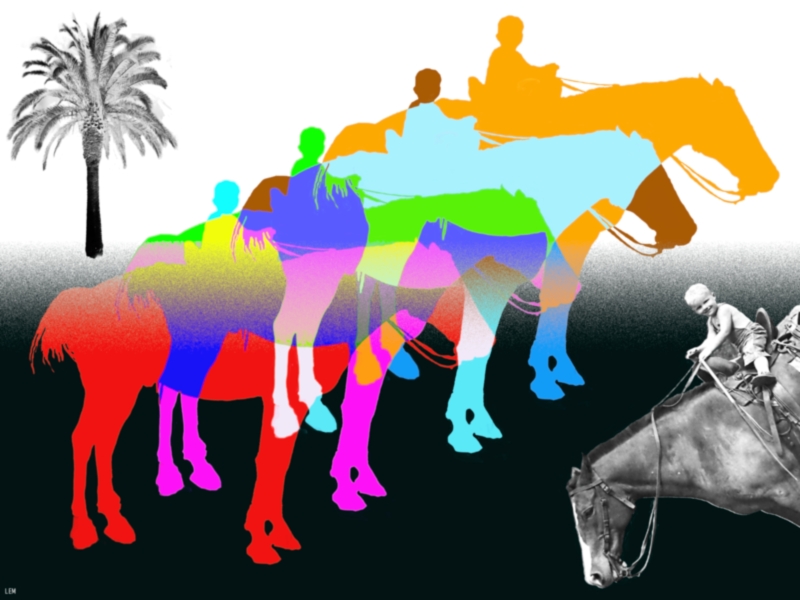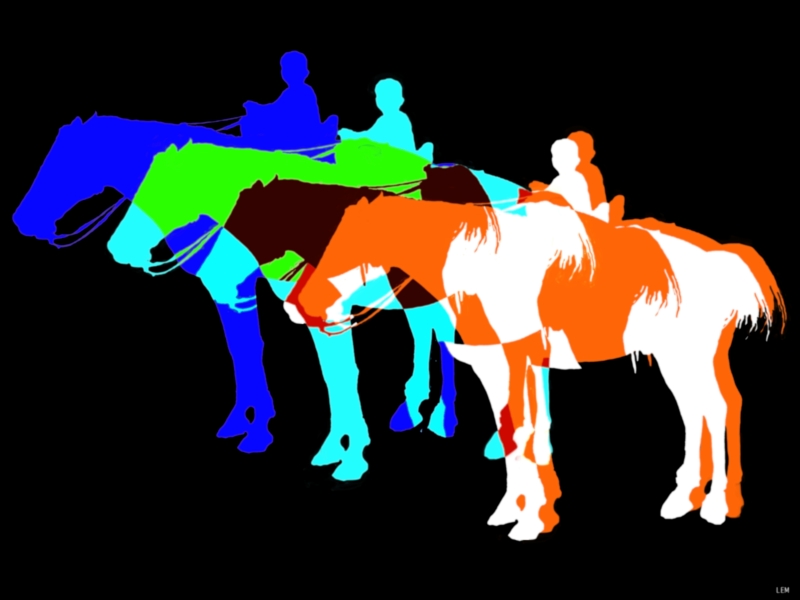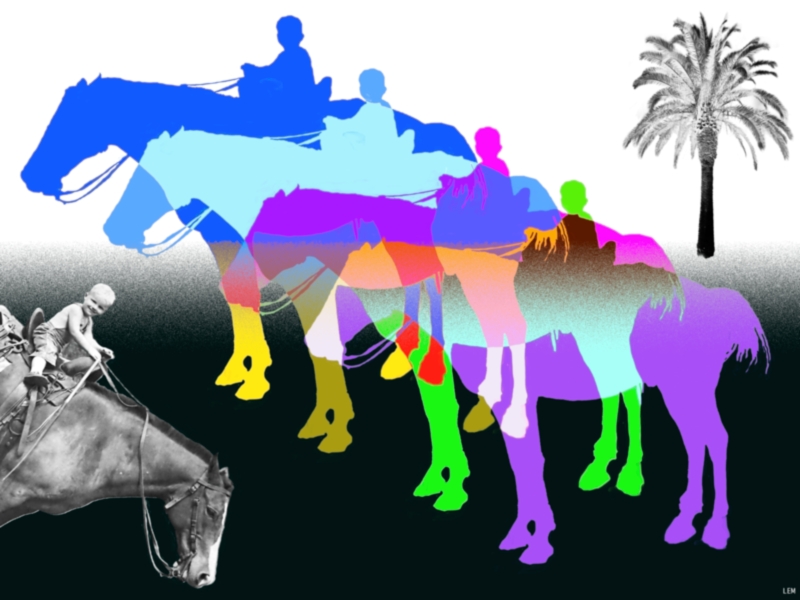


A reflection on self portraits: Through the looking glass or when a selfie is not a selfie.
An Artist, stands before a mirror, pondering his reflection and starts to paint a self portrait, What is going on here? Think of “a reflection” as a metaphor for all transformations (alterations) that are useful in making visual images.
“A mirror reflection” is one example of a transformation. Technically, “a reflection” maps the points on the surface of one object onto the surface of another object. In the case of “a mirror reflection” the Artist is the first object, and the other object is the glass plane of the mirror. The reflection produces an image on the mirror, which our Artist refers to while making his portrait.
The image is similar to our Artist’s self, but it is not a replica: If our Artist holds an apple in his right hand. His portrait holds an apple in its left hand. Upon further inspection of his portrait, our Artist finds that points on the right side of his body have been mapped onto points on the portrait’s left side, and vice-a-versa. The Artist painted a mirror-image portrait; not the self portrait he intended.
There is more here than meets the eye.
“OK” you say, “So a mirror switches right-with-left but why doesn’t a mirror also switch top-with-bottom? How does a mirror even know left from right and top from bottom? The same way a thermos bottle knows to keep its contents hot or cold?”
The answer is that a mirror switches neither right-with-left nor top-with-bottom. Rather, if anything, a mirror switches front-with-back. A mirror only reflects light. Light rays from the subject traveling normal to the mirror are reflected right back from where they came. Right-side rays stay on the right and left-side rays stay on the left. The light rays that our Artist sees reflected from the mirror do not cross each other. These rays shape the mirror image that our Artist paints. The switching of right-with-left in the portrait takes place in our Artist’s mind. It is a perception constructed by his mind. Its physical reality is in the portrait not in the looking glass image.
To make the comparison between real-self and mirror-self we need to imagine our real-self standing beside our mirror-self, so that the two images face the same direction. To effectuate this alignment we turn our real-self image about a vertical axis by 180°, switching our real-self’s front-and-back to match the mirror image’s front-and-back. The transformation, turn by 180° about a vertical axis, switches front-with-back as we require, but also switches right-with-left, while leaving top-and-bottom unchanged. You are probably surprised to find that the right/left switch happens via the Artist’s virtual rotation, not via the reflection of light.
Now try this:
Imagine Ansel Adams in Yosemite Valley, atop a platform, atop his pickup truck. A tripod supporting a large wooden camera is also there. The camera is fitted with a bellows and lens at its frontend and a frosted glass focusing screen at its backend. A light-blocking black cloth covers Ansel’s bald head and his shoulders, as well as the camera’s frosted glass focussing screen. Ansel is looking at the projected image of Half Dome on the focussing glass of his camera. All of the light rays from the surface of Half Dome entering the camera lens, converge to a single point (the focal point) inside the camera, and diverge from there to form the image that Ansel sees and photographs: A transformed Half Dome “upside down and backward” (top-with-bottom switched and right-with-left switched— actually with all opposite directions switched).
Keeping this in mind, while you are holding your left hand (or foot) above your head, have a friend take two pictures of you using your cell phone’s camera. The first picture, a regular picture, should be taken using the lens on the back of your phone. For the second picture have your friend switch to the lens on the front of your phone, the lens you use when taking a selfie. Before he trips the shutter have him turn the screen to face you, as if the screen were a mirror. Compare the two pictures—and be surprised.
My pictures in this exhibit were built using transformations. See the pictures in light of our discussion on transformations. The pictures are about transformations of objects onto flat surfaces. The transformations affect position, size, orientation and color. They distort, reveal, hide, clarify, confuse, and imbricate. They celebrate change and provide new points of view.

